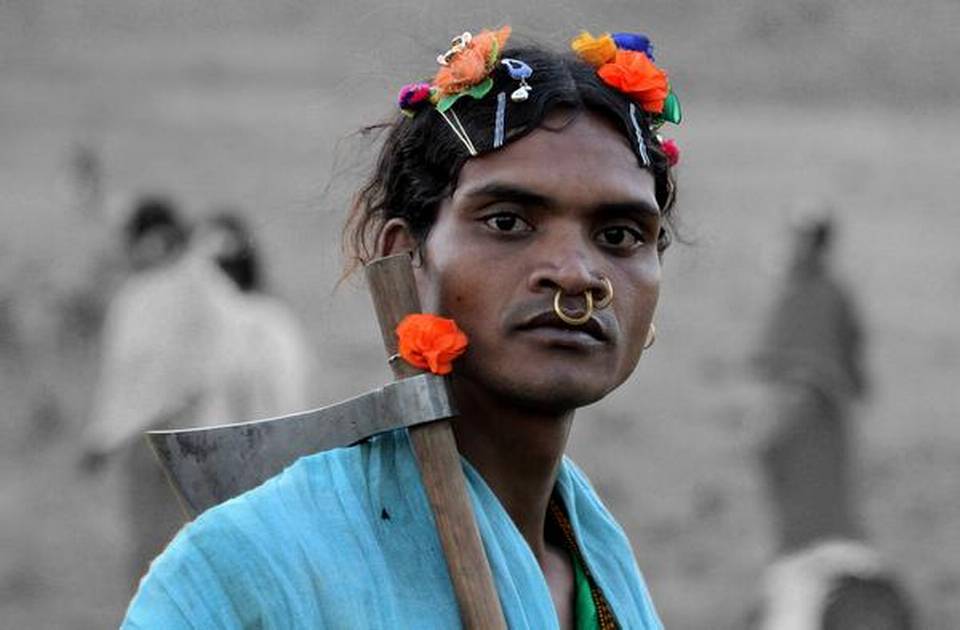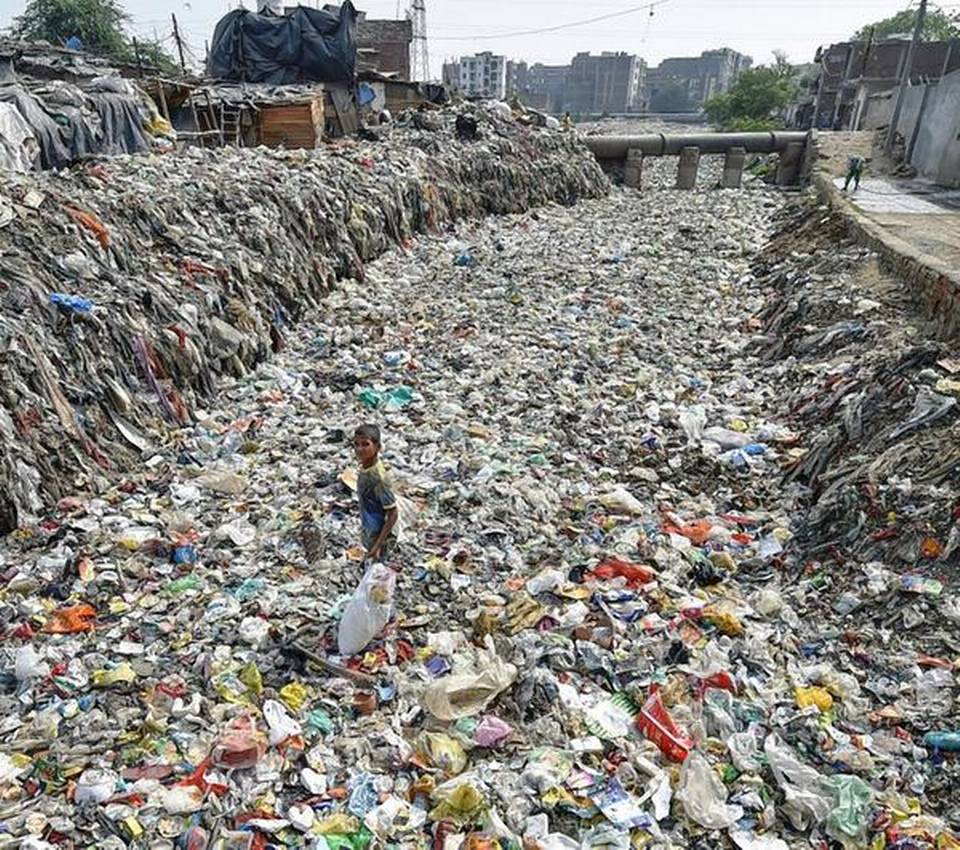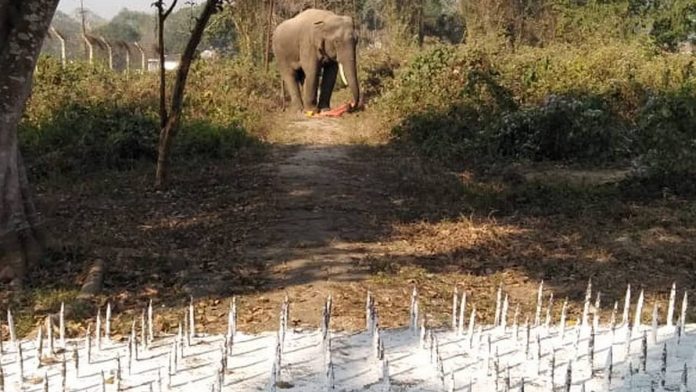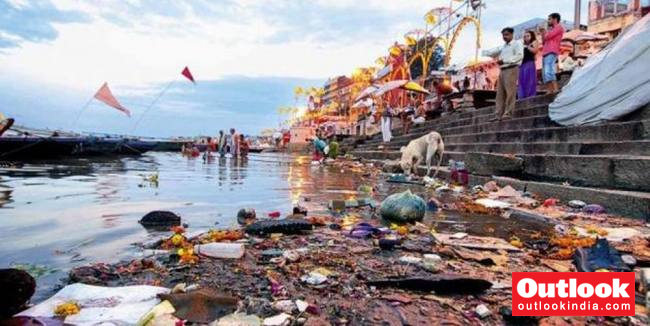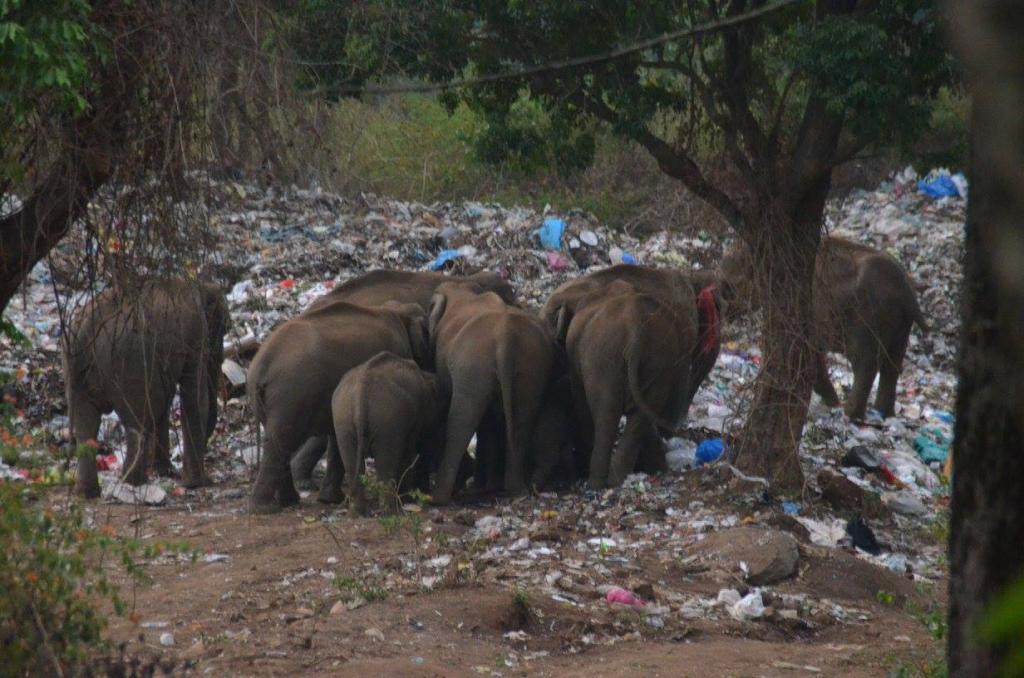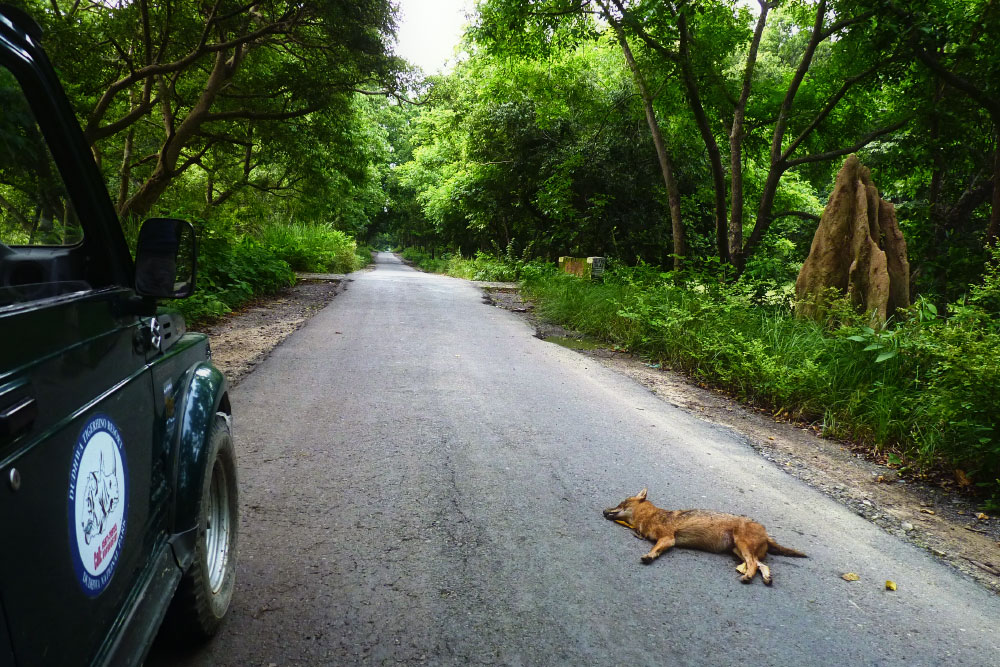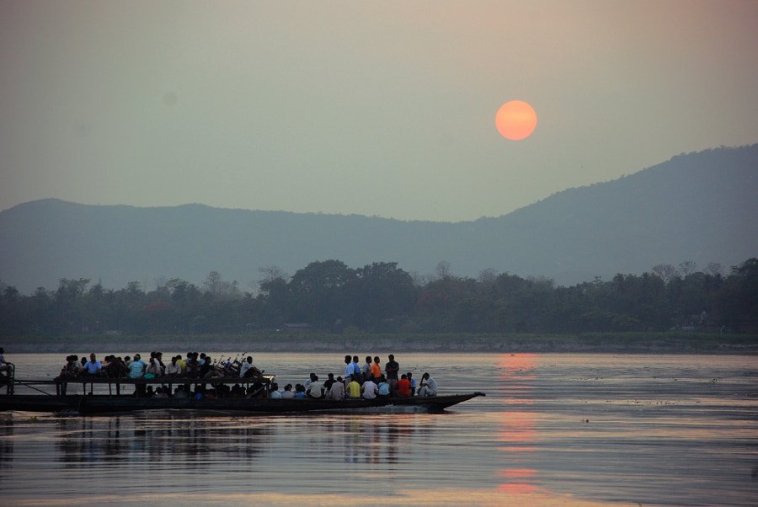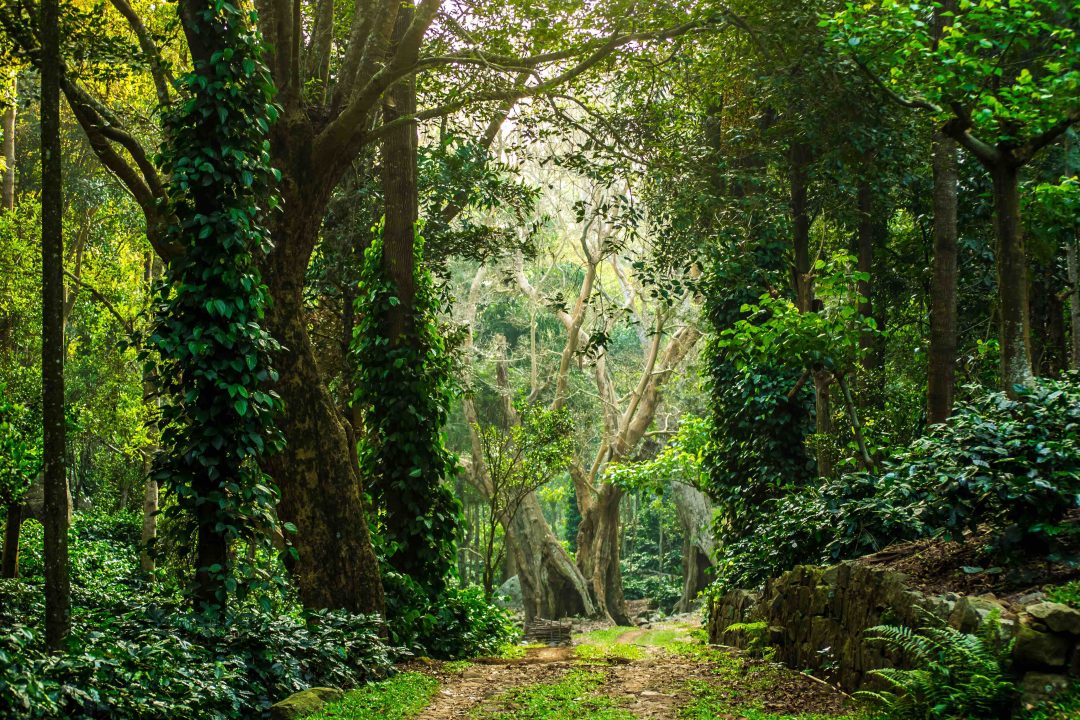by Satyasunder Barik
At the first international indigenous film festival in Bhubaneswar last month, two young women who lived an ocean apart and barely knew each other euphorically embraced, much to the amusement of the audience. Emmanuela Shinta, 26, an independent filmmaker from Indonesia’s Kalimantan rainforest, and Dinja Jakasika, a 30-year-old village sarpanch from the foothills of Odisha’s picturesque Niyamgiri Hills, had nothing in common — nationality, attire or language. What united them were their indigenous roots and a long history of struggle.
Shinta, who belongs to Indonesia’s Dayak community, which is being rapidly marginalised by the local government’s policy on transmigration and by expansive oil companies, could instantly relate to Jakasika’s struggle. Jakasika belongs to the Dongria Kondh community, one of Odisha’s few remaining tribal groups. Ever since the community turned down a proposal from Vedanta Aluminium to mine the Niyamgiri hills for bauxite in 2013, it has found itself in the cross hairs of the State government.
Finding connections
Shinta first met Jakasika two years ago, at an indigenous film festival in Kalimantan. “When I met Dinja and got to know about their struggle, I was stunned. Wherever I go, I meet indigenous people and find connections even though we don’t know each other or each other’s language. It is very important for us to assert our rights and to be strong. We should stay connected. We will fight together,” said Shinta. Jakasika agreed.
The film festival, which travelled from Bhubaneswar to Puri and ended in Kurli, a Dongria Kondh village in Rayagada district, showcased the anguish and struggle of indigenous communities in India and around the world. A small group of indigenous filmmakers and tribal communities exchanged notes and drew inspiration from each other at the festival.
For the Dongria Kondhs, the film festival was an important occasion to recount the community’s travails over the last decade, and debate what the ‘correct’ model of development could be.
Till the early 2000s, Dongria Kondhs lived peacefully in quiet and inaccessible hamlets on the slopes of the Niyamgiri range, in the Bissam Cuttack, Muniguda and Kalyansingpur blocks of Rayagada district and in the Lanjigarh block of Kalahandi district. Trouble began to brew when in 2004 Vedanta set up a pit-head alumina refinery at Lanjigarh, a nondescript village on the foothills of Niyamgiri.
Tribal elder Dadhi Pushika, in a traditional Dongria shawl |
Photo Credit: Biswaranjan Rout
Bauxite is the raw material for alumina and aluminum, and Odisha has 700 million tonnes of known bauxite reserves, of which 88 million tonnes are estimated to be found in Niyamgiri. In the rush to acquire mining rights, stringent environmental laws were violated, and the Dongria’s consent was not sought. Court cases and local opposition did not deter the company. Then, on April 18, 2013, the Supreme Court gave a clear direction that mining clearance can only be given if gram sabhas, comprising Dongrias, agreed to the project. In what is perhaps India’s first environmental referendum, all 12 villages selected by the government voted against the project.
Activists say the Dongria’s opposition to mining has led to them being perceived as a ‘roadblock’ to development in a region known for grinding poverty and starvation deaths. “The government has not forgotten its defeat by a tribal group. It wants to dominate the discourse of development in the region and muzzle local voices,” said Lingaraj Azad, convenor of Niyamgiri Suraksha Samiti (NSS), which has been spearheading agitation against mining in Niyamgiri.
Today a huge gulf in trust has emerged between the government and the Dongria Kondhs.
Nobody exemplifies this deep divide better than Lada Sikaka, NSS president and once an important voice of the Dongrias. Today, he is distraught. Sikaka’s call for 5 ft roads to the villages rather than the government-prescribed 30 ft roads, primary schools that teach in the Dongria tongue rather than large residential schools, and Indira Awas Yojana houses that incorporate tribal traditions have either been laughed off or ignored by government officials.
Dongria women in traditional attire in Lanjigarh | Photo Credit: Biswaranjan Rout
On the sidelines of the annual Niyamraja Festival held recently on the hills, 5,000 ft above sea level, Sikaka vented his anguish. “The government is offering us a 30 ft road under the pretext that it will be useful during a health emergency. But we don’t want forests razed to the ground for a wide road. The government insists on concrete houses. This for the Dongrias means that all building material will have to be laboriously transported to the hilltops.”
Why care?
The Dongrias say that the process of selecting beneficiaries for old age, widow and disability pensions is a farce. “How many government officials have ever visited our villages? How do they identify the beneficiaries? They have no idea how many of our people live in the forest,” said Dadhi Pushika, a Dongria elder.
Sikaka said: “Once we convened a meeting at Trilochanpur in the foothills of Niyamgiri. Members of each village gathered and a charter of demands was finalised. But no government official turned up. When the government is not ready to listen to us, why should we care for them?”
The State government’s first attempt at development in this region was in the 80s when it came up with three micro-projects: two Dongria Kondh Development Agencies, in Chatikona and Parsali, and the Kutia Kondh Development Agency.
But, like all well-meaning projects that find little resonance on ground, they could not lift the literacy rate, an abysmal 33% among a population of 11,551. The community said there are barely any schools or anganwadis in the 100-odd hamlets scattered across the Niyamgiri slopes, though the government claims otherwise.
“Crèches were opened in partnership with non-government organisations. Efforts were made to propagate the Kui language in 30 centres. The topography of the area made it impossible to reach each village. Committees from each village were roped in to carry supplementary food to the children. I hope the programme continues,” said Guha Poonam Tapas Kumar, until recently the collector of Rayagada.
A group of women on their way to the Niyamraja festival | Photo Credit: Biswaranjan Rout
There are four government health centres in Trilochanpur, Muniguda and Bissamcuttack, to reach which the Dongrias have to trek three hours. Apart from this, Vedanta Alumina Refinery runs a private hospital as CSR activity. Several deaths have taken place, although there is no mention of this in any government records.
Dongria Kondhs also feel persecuted by security forces. They are suspected of being ‘sympathetic’ to Maoists in the area. “I was abruptly bundled into a police jeep last October and beaten up in custody. I was asked a volley of questions on my alleged links with left-wing extremists. When their egos were satisfied, I was let go,” said Sikaka. In the same month, Dadhi Pushika was subjected to physical assault after Rayagada police picked him up from the village. There was no concrete allegation against him. Jamu Gauda, another villager, faced similar police action.
“Allegations of police intimidation and ill-treatment of the community are deeply disturbing. Innocent tribals are being branded as Maoists,” said Manohar Chauhan, a forest rights activist and former campaigner of Amnesty International.
The Dongria’s simmering anger against the government was stoked further this month when the Supreme Court directed all State governments to evict from the forests all those whose applications for regularisation of occupation had been rejected. As per official records on regularisation of titles under the Forest Rights Act (FRA) 2006, only 252 applications were not approved in Kutia Kondh Development Agency, Lanjigarh jurisdiction. Though the administration has promised to review all applications, confusion prevails in the community. Not all members of the tribe even know what the FRA is.
“Forest dwellers across the country got temporary relief when the Supreme Court stayed its eviction order. But the community continues to feel threatened,” said Chauhan.
The NSS sees a larger conspiracy. “What we are hearing from other activists is that the Supreme Court order has presented a golden opportunity for the government to reject applications regarding individual forest rights, community forest rights and habitat rights and wrest control of Niyamgiri. It will open the doors for bauxite mining in the hills,” said Azad, who was recently arrested for leading protests against Vedanta and later released on bail.
A woman painting a traditional house ahead of a national fair in Bhubaneswar. | Photo Credit: Biswaranjan Rout
At the annual festival, Dongria Kondhs resolved not to yield an inch if the government resorts to forced eviction. “No force on earth can drive us from Niyamgiri. Where will we go? Where will we grow pineapples, banana, oranges, turmeric, cereals and pulses? We would rather die than think of leading a life outside the hills,” raged Kunuji Kutruga, 60, from Khambesi village.
Red, gold and greenA woman in traditional attire | Photo Credit: Biswaranjan Rout
The Dongrias have largely stayed secluded. Their distinctive Kapadaganda shawl, however, has captured the attention of art lovers worldwide. The embroidery involves some very intricate needlework, and the shawl has a special place in Dongria tradition.
The fabric for the shawl is a handwoven cloth made by Dalit families. The traditional green, yellow and red embroidery threads are bought from the market. “Green symbolises the endless chain of mountains and fields. Yellow invokes turmeric and peace, a smile, togetherness, health and happiness of the community. And red is the colour of blood, energy, power, revenge, aggression,” said Purusottam Pattanaik, a researcher with SC & ST Research and Training Institute. The embroidery on a shawl can take months to complete.
Dongria women love ornaments, hair accessories and flowers. “But the shawl gives us prestige when we go to fairs or social events,” said Lakmi Sikaka, a Dongria woman. The Rayagada district administration has tried to improve the quality of the base fabric and the embroidery threads, and also to get a GI tag for the unique garment.

